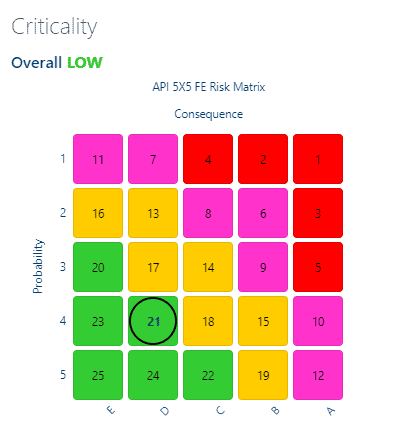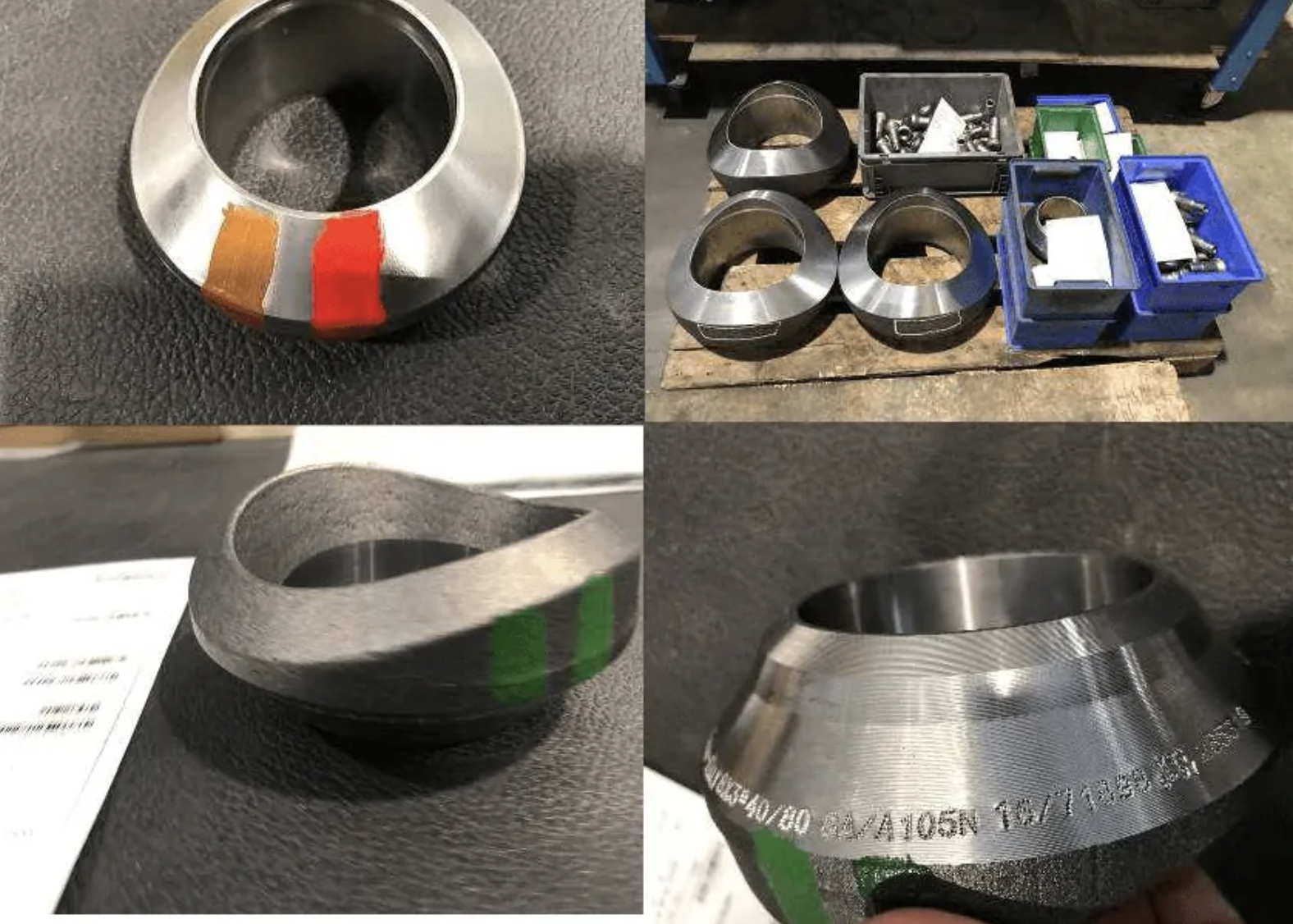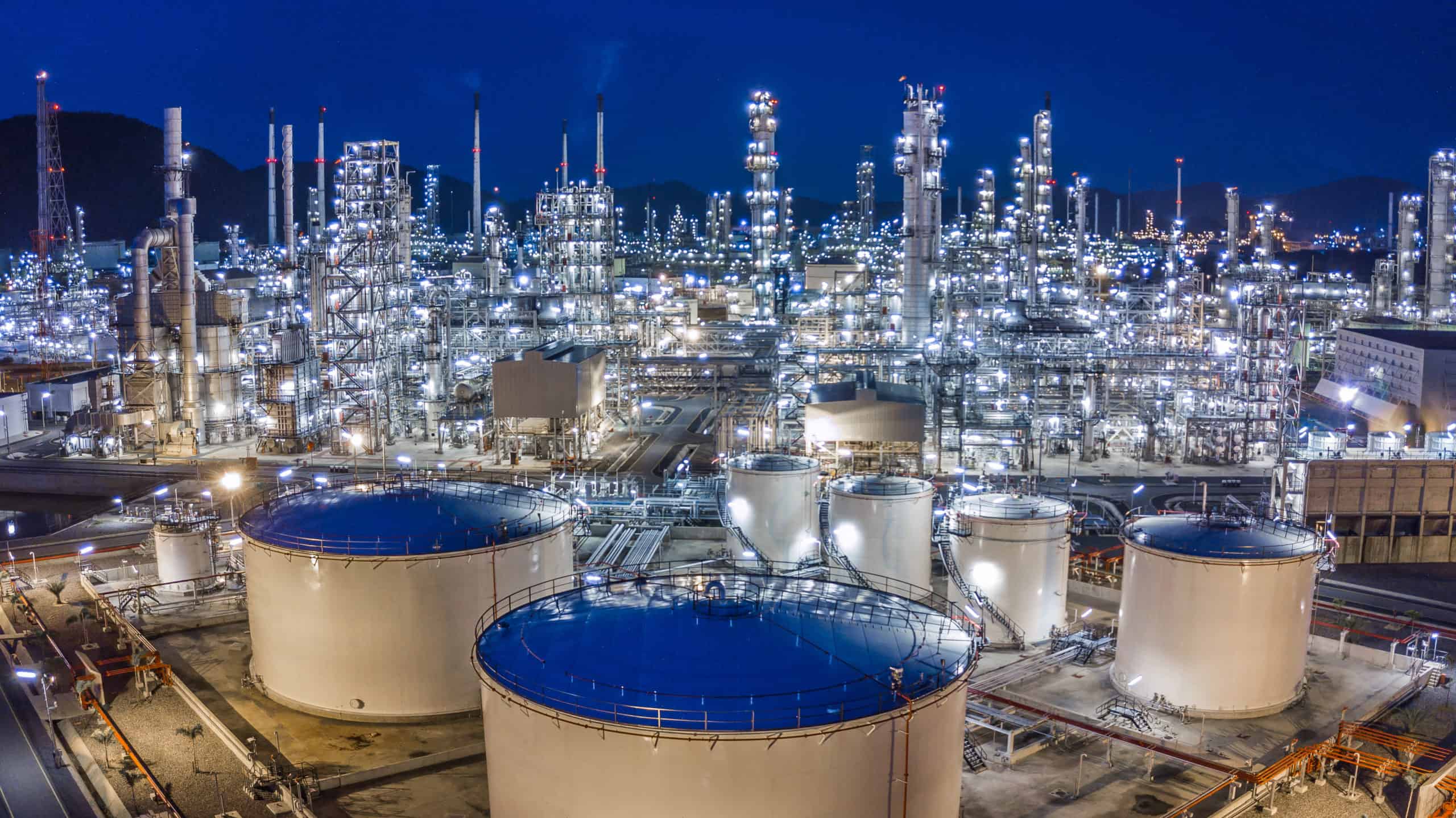Traditionally, facility assets were inspected on a strict schedule. Every so many years, an inspection came due and someone called an independent evaluator who specialized in those types of equipment. Sometimes that inspection required downtime, and it always costs money.
Every industry seems to just keep getting more competitive. The ones that survive have to continually find new ways to do more with less without cutting corners. That’s especially true when it applies to the safety of employees or customers. Risk-Based Inspection or RBI involves targeting your equipment inspections according to recommendations driven by the relation between that assets probability of failure as compared to the consequence of failure or Risk, not an arbitrary schedule.
Risk-Based Inspection – What Is RBI?
The American Petroleum Institute (API) developed the Risk-Based Inspection methodology around the knowledge that, for most facilities, a small percentage of the equipment creates most of the risk. It didn’t make sense to inspect all the equipment at the same intervals knowing that to be the case.
Most of their recommended practices evolved around API 580 and API 581, both of which deal with corrosion, process safety, mechanical integrity, and the basis for managing risk. API defined risk-based inspection as considering, “both the likelihood of failure and the consequence of failure.”
Simply put, certain systems, equipment types, and processes are more likely to fail. For some, if this may occur, your business could experience a physical or financial catastrophe. If it’s critical to safety and productivity, you want to make it top priority when it comes to inspections.
Then there are processes or components that are necessary but may not require frequent inspections. Some are simply less likely to fail or the consequence is so low that failure is relatively inconsequential. It could also be that the equipment is on a routine maintenance schedule that typically catches potential issues.
Who Needs RBI?
Any organization that adheres to OSHA Process Safety Management (PSM), EPA Risk Management Plan (RMP), or ISO 9001 standards of quality can benefit from Risk-Based Inspection/RBI. Industries like oil and gas, aviation, manufacturing, and pharmaceutical all need regular inspections to maintain quality and safety, and they also need to make the most of their maintenance and inspection dollars.
The more time consuming or expensive the inspection, the more an organization stands to benefit from RBI. For example, if you rely on offshore equipment, difficult-to-inspect storage tanks, or high-pressure components like steam or gas turbines, inspection is complicated, but the cost of failure is unacceptable
How RBI Works
Risk-Based Inspection saves time and money while improving safety because it uses existing data from your facilities or data from the same and/or similar equipment assets instead of arbitrary inspection scheduling methods.
Our experts evaluate your equipment according to its design, condition and function, previous inspection findings, and the amount of damage that could happen if a failure occurred. We collect data on your equipment inspection, maintenance, and failure history, then we look at what’s possible in a Damage Mechanism Review.
Using powerful software and your facility’s data we can calculate the probability and consequence of failure and its resulting overall Risk. We also factor in your organization’s relative Risk Tolerance which determines what action is taken. If an asset is well below the risk threshold and considered low risk this asset inspection frequency can be set to the maximum allowed interval. This will free up available resources to focus on the high-risk assets that truly require your time and money.
Other failures could create the need for a complete facility shutdown, have devastating effects on the environment, come with astronomical repair costs, or cause your company to miss out on an opportunity that might not come again. Those are your high-risk assets.
Based on a detailed, standards-based investigation, we use expertise and technology to create a formal risk analysis that includes a plan for prioritizing and conducting physical inspections.
Risk-Based Inspection Benefits
RBI reduces unnecessary costs. We’ve helped clients
- Evaluate the risk and consequences of failure
- Reduce inspection scope to what matters and extend inspection schedules for low-risk equipment
- Implement a money and time-saving program for inspections and maintenance that protects quality and safety
- Safeguard critical mechanical assets and prolong equipment lifespans
- Maintain compliance with industry guidelines and regulations
- Reduce the time management spends on inspections and the overhead that accompanies them
- Schedule maintenance and inspections in ways that avoid unplanned shutdowns
It doesn’t make sense to waste time and money conducting inspections just because. Implementing Risk-Based Inspection quickly pays for itself, then continues to save you money far into the future.
How To Learn More About Risk-Based Inspection
InServe Mechanical Integrity Group is a full-service inspection, engineering, and consulting company that provides Risk-Based Inspection services throughout the United States and Canada. We specialize in RBI Implementation for Pharmaceutical, Petroleum and energy, Chemical Plant, Power Plant, Aerospace, Manufacturing, and Automotive Industries.
We can help you with every step of developing an RBI or Mechanical Integrity Program, evaluating risk, planning inspections, executing inspections, managing data, and conducting real-time risk analysis.
Contact our experts to find out how RBI can optimize your inspection efforts and potentially save time and money for your organization.




